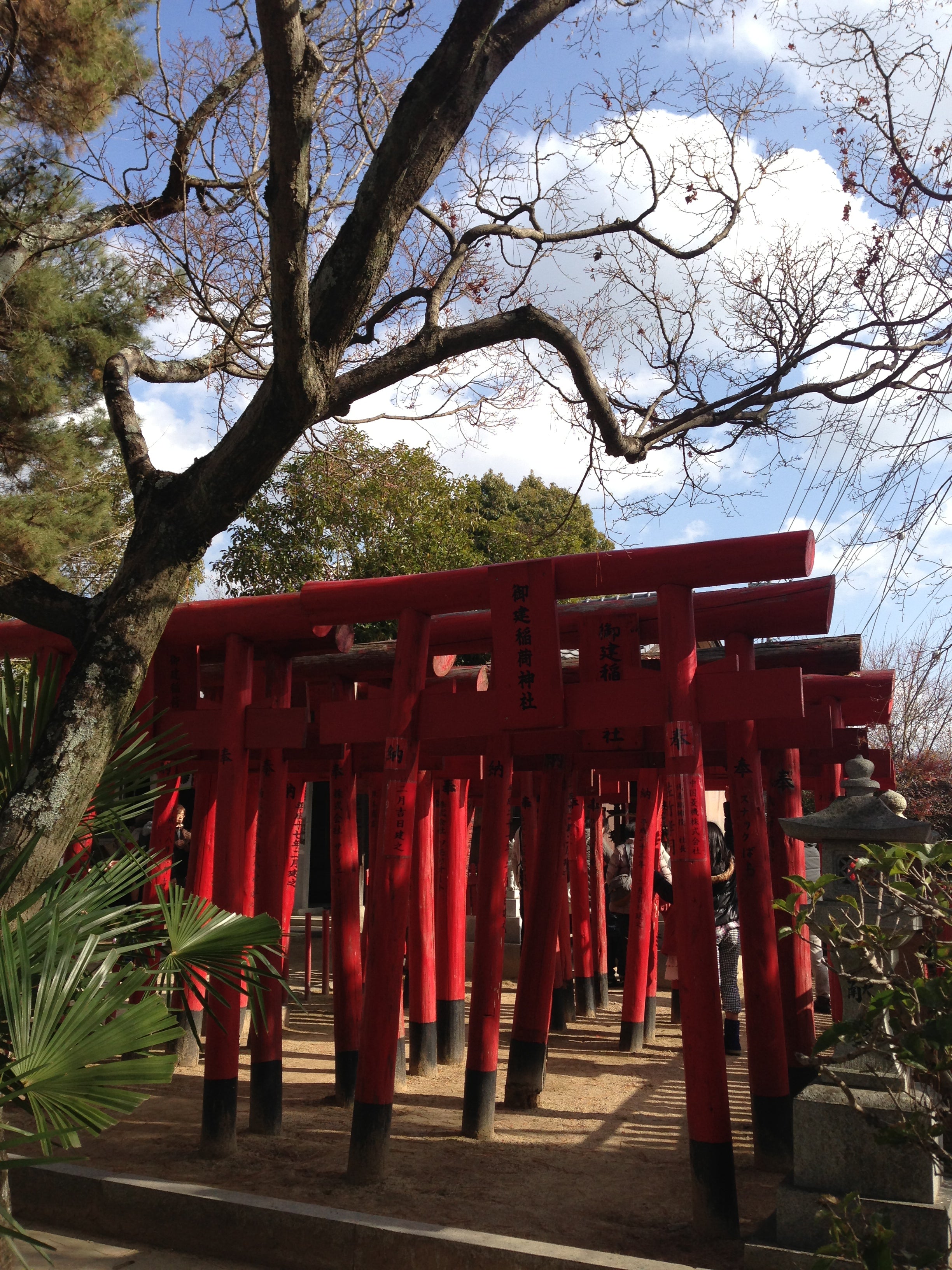Happy New Year!
Happy New Year everyone! Hope this horse year is going to be a fabulous year for you.
Speaking about new year in Japan, there are few things come into my mind, which are kouhaku, fukubukuro, hatsumode, omikuji, mochi tsuki, new year postcard etc.
Hatsumode refers to the first visit to shrine or temple of the year. People express their gratitude to god for protection and peace for the past year.
After praying, many people will draw an omikuji, a fortune-telling strip that tell your luck in different subjects of the year such as career, love life, travelling, childbirth etc.
Omikuji could be good or bad, if you got a bad fortune strip, you got to tie it on the branch of the tree or the metal wire wall in the temple so that the bad luck won't follow you home..Yet, people with good fortune strip, they tie it on the branch too. Usually, people will keep the good one in their purse or wallet.
Usually I try not to travel during new year in Japan since the plane and shinkansen are always packed with people. And, many restaurants, shops and attractions are closed during the new year holiday which usually start from 28 Dec until 3 Jan. However, visiting during new year, it could be a good opportunity to experience the most important holiday in Japan and also grabbing your fukubukuro (lucky bag), it contains items worth a lot more than you need to pay.
Fukubukuro range from clothes to cosmetic and even for food.
During Japanese new year, you can see many houses and shops entrance or doorway decorated with this, something made of straw rope.
And also this decoration thing made of bamboo and pine, called kadomatsu.
When I walked around the neighborhood, I saw some houses entrance decorated like this in new year, very simple. Much low profile than the decoration of Christmas or Chinese New Year we have in Malaysia.
Another new year tradition is mochitsuki, I enjoy watching how they pound the sticky rice become mochi (rice cake). It usually performed at the end of the year.
After finished pounding the mochi, it is filled with red bean paste or flavored by soy sauce or peanut powder.
It feels really different eating the homemade mochi compared to those machine-made, not just the taste but also I could feel the spirit of the local people. It would be great if you can find a host family and experience a typical Japanese new year, you might have the opportunity to try some traditional new year's food like osechi ryouri.
by, Lee Ming at Hiroshima, Japan
















